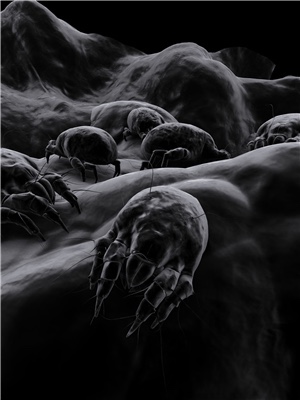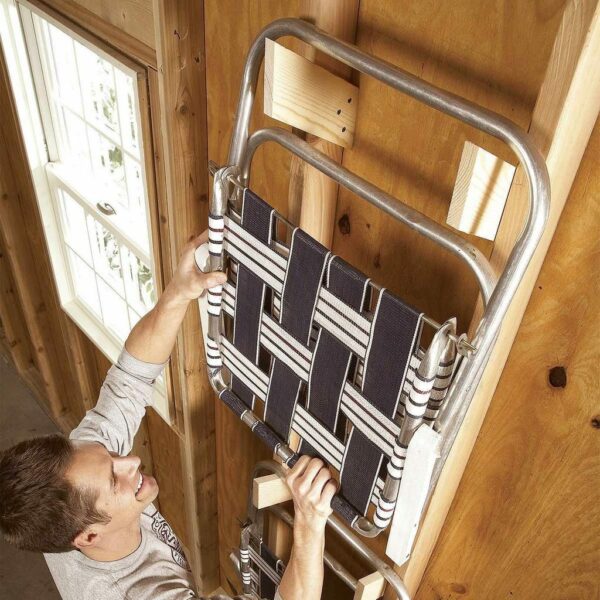Discovering bugs in your home’s air vents can be an unwelcome surprise. Not only can they be a nuisance, but they may also raise concerns about the cleanliness and integrity of your HVAC system. Understanding the reasons behind the presence of bugs in your air vents can help you address the issue effectively and restore a comfortable and pest-free environment. In this article, we explore some common reasons why bugs might invade your home’s air vents and provide insights into potential solutions.

- Entry Points from the Outdoors:
Bugs can find their way into your home’s air vents through small openings or gaps in the exterior of your property. These entry points may include gaps around windows, doors, utility lines, or cracks in the foundation. Insects such as ants, cockroaches, and spiders may be attracted to the warmth and shelter provided by the HVAC system.
Solution: Inspect the exterior of your home for potential entry points and seal any gaps or cracks. Ensure windows and doors have proper weatherstripping, and consider using caulk or foam sealant to close off openings around utility lines or pipes.
- Inadequate Vent Covers or Screens:
Air vents without proper covers or screens can become inviting entry points for bugs. Without these protective barriers, insects can easily crawl into the ductwork and infiltrate your home.
Solution: Install or replace vent covers or screens on all air vents to prevent bugs from entering. Ensure that the covers or screens are properly fitted and free from damage to provide effective protection.
- Accumulation of Debris and Moisture:
Dust, debris, and moisture can accumulate in your air vents over time, creating an attractive environment for bugs. Organic matter, such as pet dander or food particles, can serve as a food source for insects, while the presence of moisture can attract pests seeking water.
Solution: Regularly clean and maintain your air vents, removing any accumulated debris and ensuring proper moisture control. Consider professional duct cleaning to eliminate potential food sources and create a less hospitable environment for bugs.
- Nearby Nesting Sites:
If your home is located in close proximity to outdoor areas where bugs thrive, such as gardens, trees, or shrubs, there is an increased likelihood of pests finding their way into your air vents. Insects may inadvertently enter the ductwork while seeking shelter or food sources near your home.
Solution: Keep outdoor areas well-maintained, regularly inspecting and addressing any pest activity. Create a barrier around your home’s exterior by trimming vegetation away from the vents and ensuring proper landscaping practices that discourage bug infestations.
- Infestation from Within the Home:
In some cases, bugs may already be present within your home and have found their way into the air vents. This could occur due to a preexisting pest infestation within the walls, attic, or crawlspaces.
Solution: Address any existing pest infestations within your home promptly. Contact a professional pest control service to assess and treat the affected areas, ensuring that bugs are eliminated and preventive measures are implemented to prevent future infestations.
The presence of bugs in your home’s air vents can be a cause for concern. By understanding the common reasons behind this issue, you can take appropriate measures to prevent and address bug invasions effectively. Sealing entry points, installing proper vent covers or screens, regular cleaning and maintenance, addressing nearby nesting sites, and addressing existing pest infestations are essential steps in ensuring a bug-free HVAC system and a comfortable living environment. Consider consulting with professionals to assist with pest control and maintenance tasks to protect your home from unwanted guests and maintain optimal indoor air quality.
As an Amazon Associate we earn from qualifying purchases through some links in our articles.




